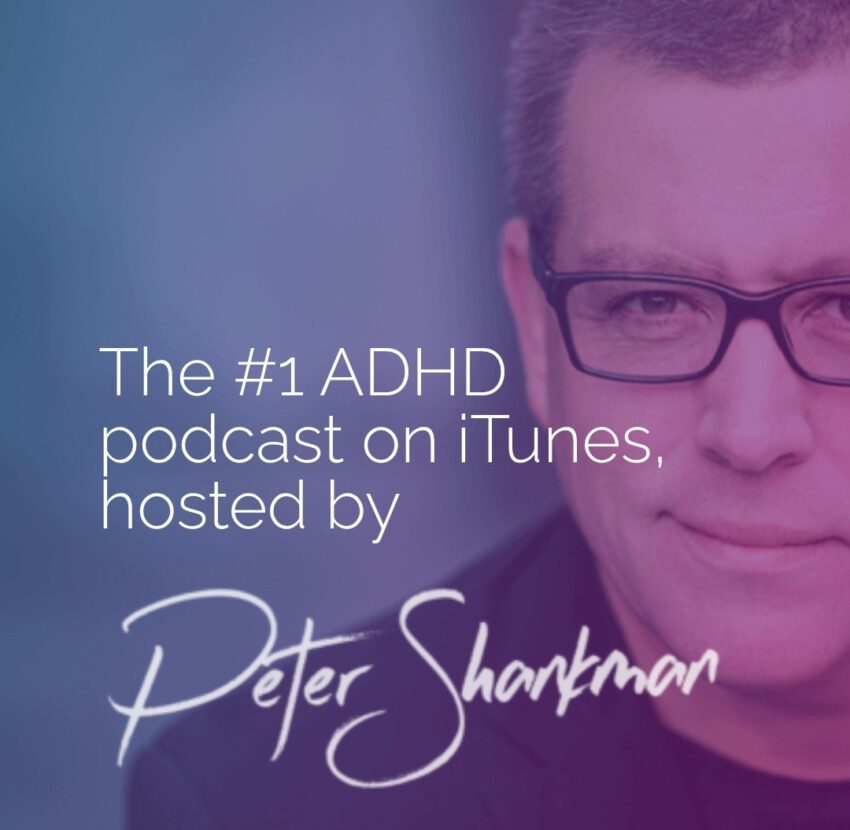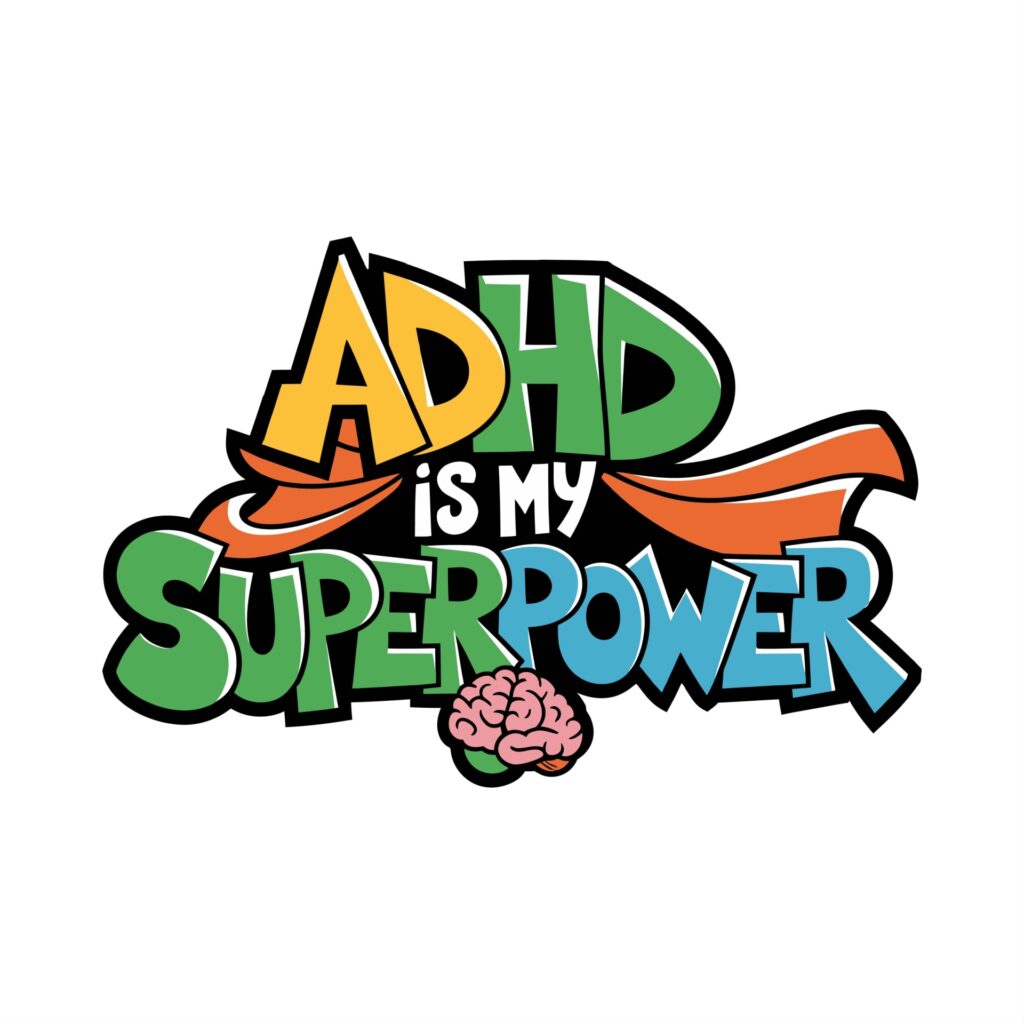Although not an official diagnosis in the DSM-5, the term AuDHD has gained traction online and in neurodivergent communities. It’s used to describe individuals who experience a combination of autism spectrum disorder (ASD) and attention-deficit/hyperactivity disorder (ADHD). These “sister diagnoses” often co-occur and can present in complex, overlapping ways.
How Common Is the Overlap?
Research shows that autism and ADHD frequently coexist. An estimated 30–80% of individuals with autism also meet criteria for ADHD. On the flip side, about 20–50% of people diagnosed with ADHD also meet diagnostic criteria for autism. This high degree of overlap has prompted many clinicians and researchers to think more integratively about the intersection between the two.
Even individuals with ADHD who don’t meet the full diagnostic criteria for autism may still experience autistic traits—such as social communication difficulties, sensory sensitivities, or intense special interests. These traits can show up in subtle but meaningful ways that impact daily life, relationships, and self-perception.
The Double-Edged Nature of AuDHD
Living with both autism and ADHD can be uniquely challenging. ADHD is often associated with inattention, impulsivity, emotional dysregulation, and restlessness. Autism, on the other hand, often involves a preference for routine, sensory processing differences, and difficulties with social intuition and communication.
In someone with AuDHD, these traits can interact in ways that are confusing or even contradictory:
- Sensory overload from autism may clash with ADHD-related impulsivity or a craving for stimulation.
- Executive dysfunction—common in both conditions—can be intensified, making planning, time management, and emotional regulation even more difficult.
- Social exhaustion may come from both struggling to read social cues (autism) and interrupting or talking excessively (ADHD), leading to frequent misunderstandings.
Many AuDHD individuals describe the experience as feeling pulled in multiple directions—craving structure and novelty, needing downtime and stimulation, wanting connection but struggling with communication.
Why Language Like “AuDHD” Matters
While AuDHD is not yet a formal diagnosis, it gives people a way to name and make sense of their lived experience. For many, this label provides a sense of validation—finally understanding why previous diagnoses may have felt incomplete or why traditional treatments haven’t always worked.
It also opens the door to a more personalized approach to care. Rather than viewing ADHD and autism as distinct categories, we can begin to recognize the fluidity between them and support individuals based on their unique neurodevelopmental profiles.
Moving Toward Compassionate, Integrated Care
If you think you might be AuDHD—or know someone who is—know that you’re not alone. More providers are beginning to understand and appreciate the nuances of co-occurring neurodivergence. A comprehensive evaluation by a clinician who is experienced in both ADHD and autism is often the first step toward understanding your brain and getting tailored support.
At its best, an AuDHD framework fosters self-awareness, self-compassion, and a deeper sense of identity. It reminds us that diagnoses aren’t boxes—they’re tools for making sense of the complexity of the human mind.






